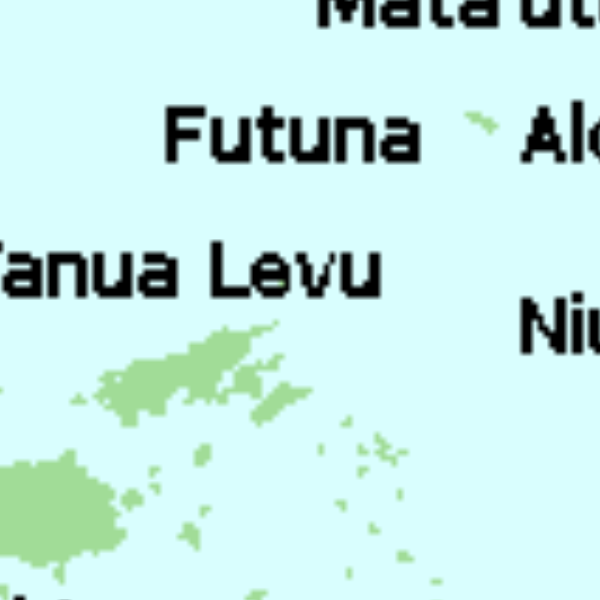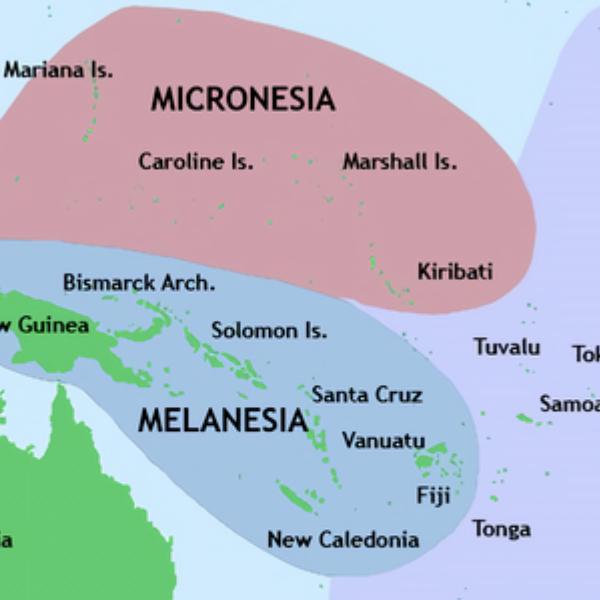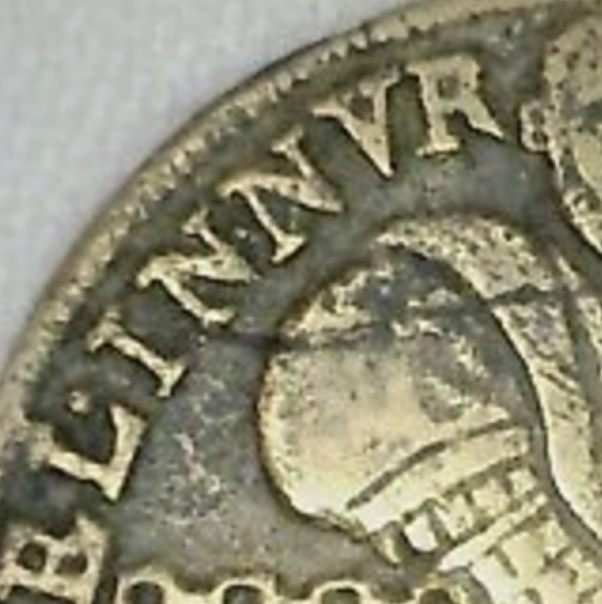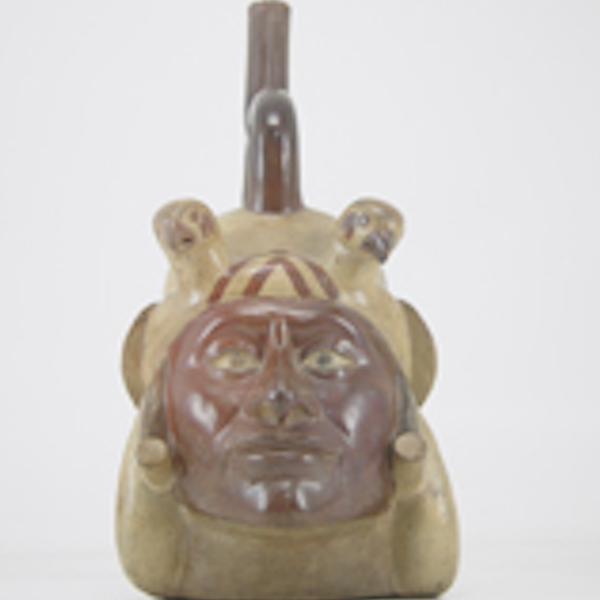Politics

The Cahokia Mounds State Historic Site
The Cahokia Mounds State Historic Site is an archaeological site of a pre-Columbian Native American city located in southwestern Illinois, near St. Louis, Missouri.

Tu'i Tonga Empire Map
The Tu’i Tonga Empire was an Oceanic maritime chiefdom centered on the island of Tongatapu, the main island of Tonga, and flourished between 1200-1500 CE.

Te Paranihi, or Maori War Canoe
Te Paranihi is a 17-meter (55 feet) war canoe, or waka taua, from the Maori culture indigenous to New Zealand.

Pacific Culture Areas Map
This map illustrates the three dominant cultures in Oceania, Micronesia, Melanesia, and Polynesia, and which islands occupy each region. This map successfully highlights the number of island nations/cultures and the overall size of Oceania.

Moai on Easter Island
The Moai are large statues on Easter Island in Oceania, known for their distinctive head and facial features. The moai were created by the Rapa Nui people likely between 1250 and 1600 CE.

Early Modern Counter
An early modern counter of the "Reichenmaster" style, with one side showing a picture of a man using a counting board and the other side showing the alphabet. These counters were used in classrooms to teach students both to read and perform basic arithmetic.

Meroitic Script
The Meroitic Script was used in the Kingdom of Kush beginning in the 3rd Century BCE, or the Meroitic Period, and had two forms, Meroitic Cursive and Meroitic hieroglyphs.

Nok Terracotta Sculptures
Nok terracotta sculptures are the earliest-known sculptures from sub-Saharan Africa, created by the Nok culture of which little is known except their ironworking and terracotta sculptures that flourished circa 1500 BCE to 1 BCE.

Huaca Pucllana, Ancient Pyramid in Peru
Huaca Pucllana is a pyramid site built around 500 AD by the Lima culture of Peru. The pyramid was built with seven platforms made from adobe bricks and is around 82 feet (25 meters) high, and has a plaza surrounding it. The pyramid was a site of ceremonial and religious power.

Moche Portrait Vessels
Moche portrait vessels are ceramic vessels that often featured only heads, but some also have full human bodies as well, and most are representations of adult men.